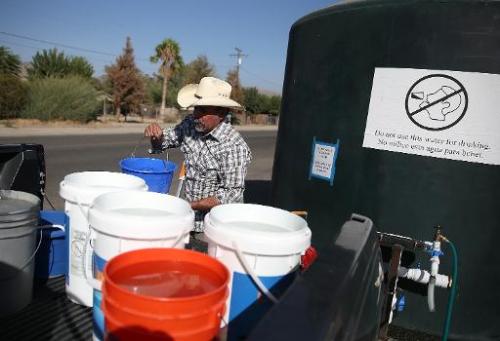
He hurries, because another car is waiting behind him.
Rodriquez is one of hundreds of residents and business people in the small town of Porterville, in California's normally verdant Central Valley, who have no running water and are having to re-think how they live.
"I have two buckets near the toilet, one next to the shower," he told AFP.
Porterville, at the heart of what is known as America's food basket, is suffering from one of California's worst droughts in up to a century.
"In Tulare County we have at least 430 homes without running water because their water wells dried out," said Andrew Lockman, head of the county's emergency management center.
"I don't think there is a precedent in the state of California," he added, saying: "These people have no water for bathing, cooking, flushing toilets. It is a big public health issue."
Outside of the big towns, many homes in the region are dependent on water from private wells, which are now running dry after three years of drought which has exhausted underground water supplies, or aquifers.
In the long term the region needs structural change including a centralized water supply system. But that will take years and cost tens of millions of dollars to build.
In the meantime authorities can only offer stop-gap measures.
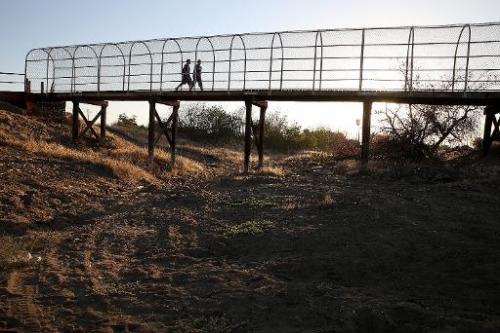
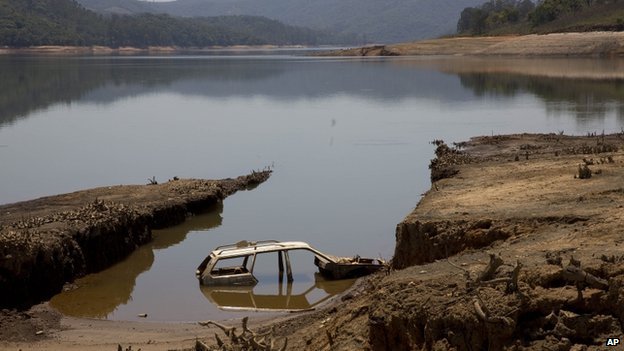
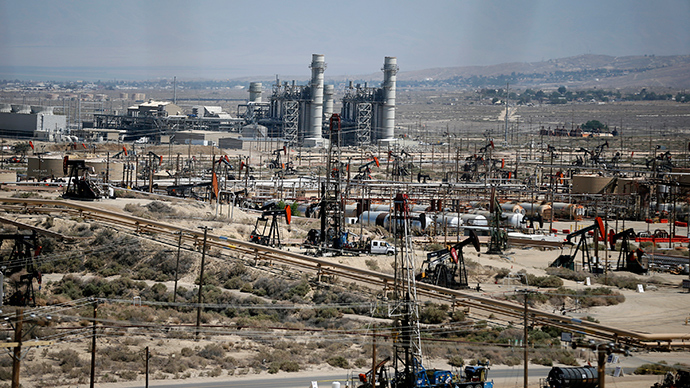
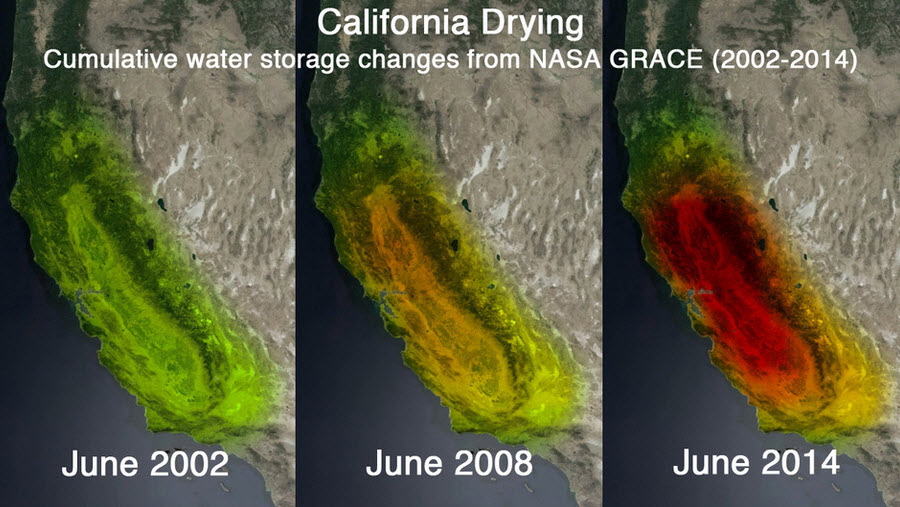


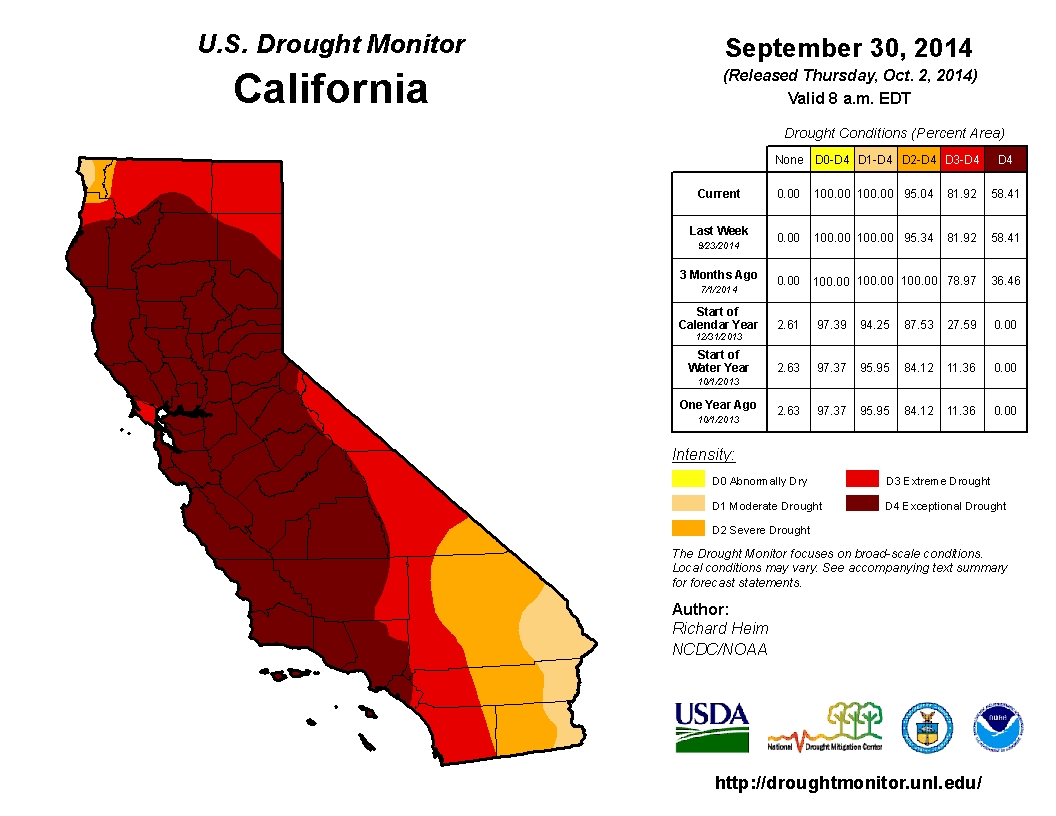
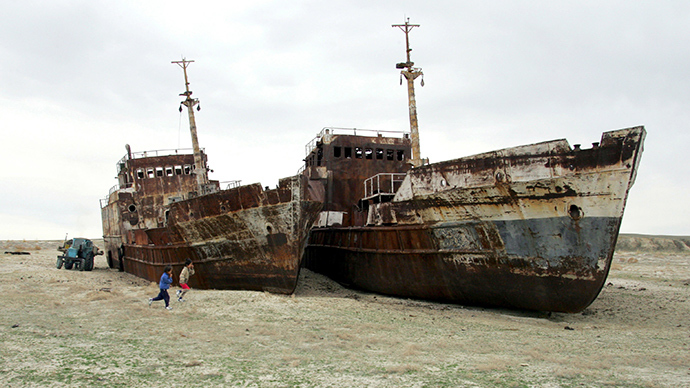
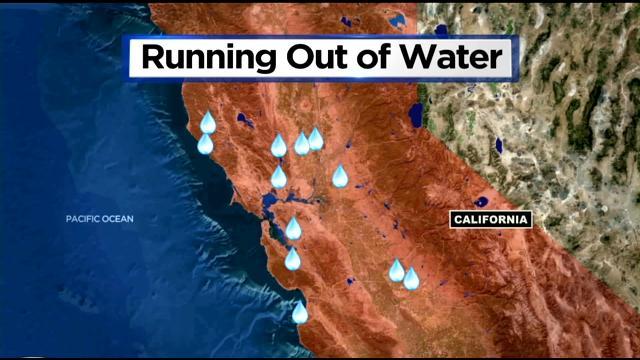
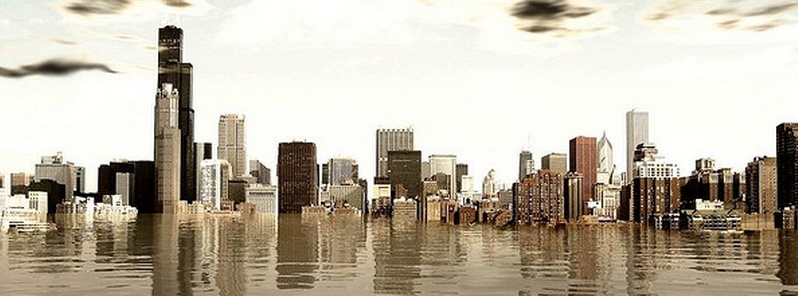
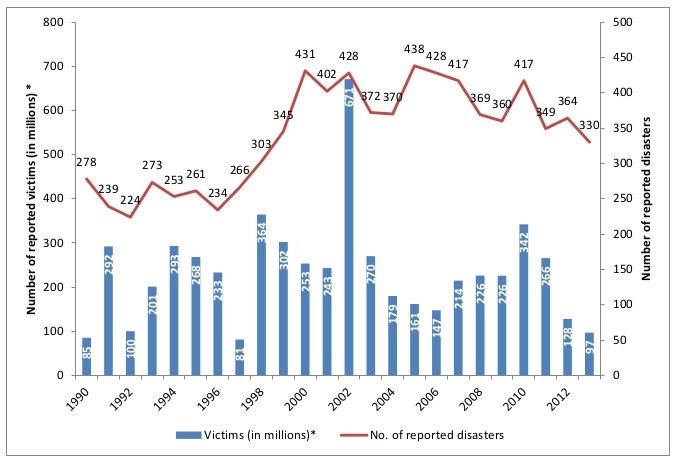



Comment: The drought in California is getting increasingly severe, with more areas beginning to resemble a Third World country! Wells are drying up , with the drought spreading at an unprecedented rate. Could mass migration be imminent?